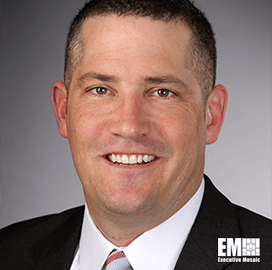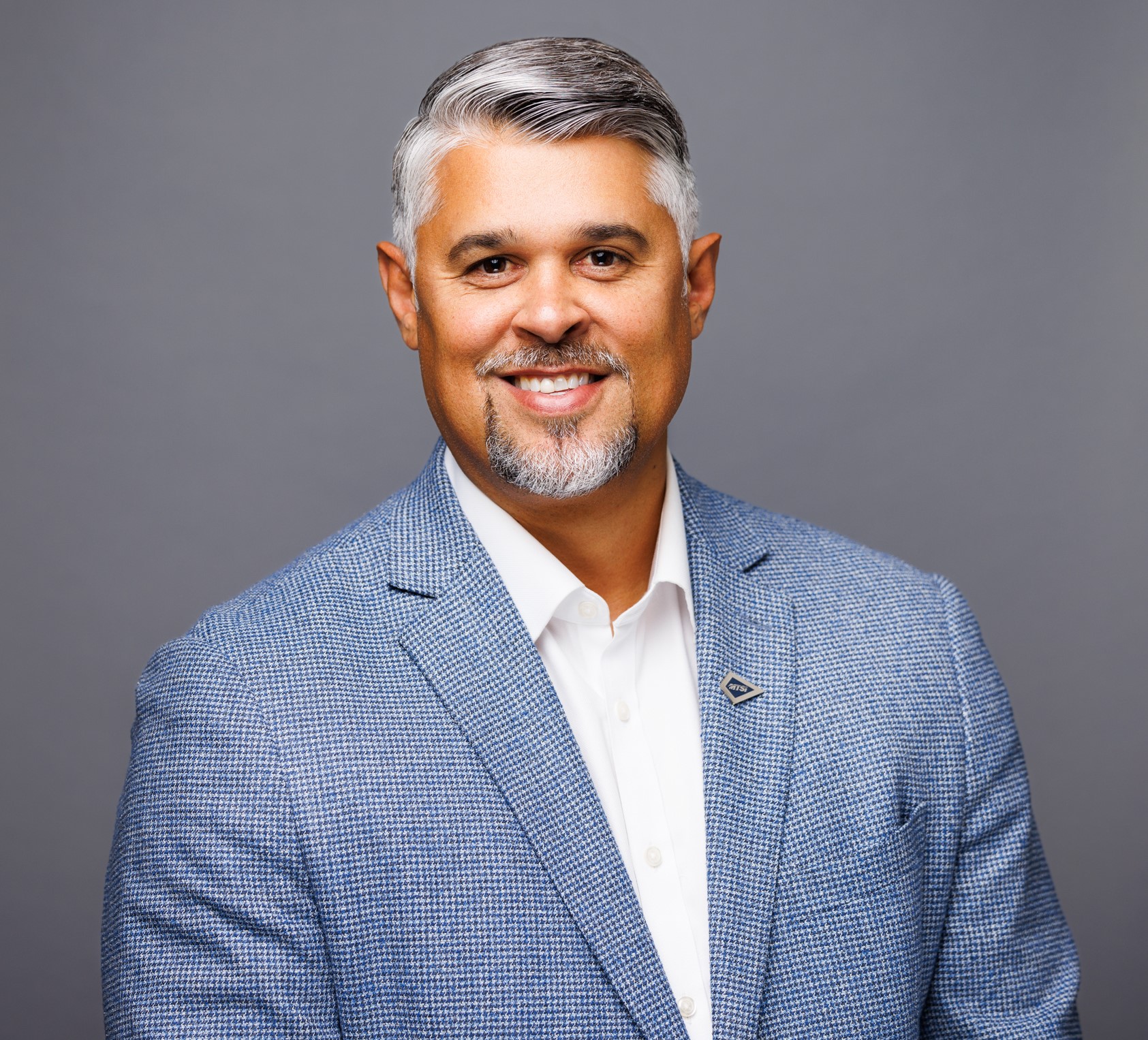
Matthew Osucha,
Vice President of Federal,
MDClone
Executive Spotlight: Matthew Osucha, Vice President of Federal at MDClone
Prior to entering the private sector, Matthew Osucha, vice president of MDClone’s North American Sales and Federal Sector, served in the U.S. Army for more than a decade. Since his time in the service branch came to a close, he has gained a wealth of experience in the healthcare and medical device industry while holding numerous leadership roles.
Osucha recently participated in an interview with the Potomac Officers Club, in which he reflected on his career background, detailed his leadership approach and discussed the importance of agency interoperability in breaking down barriers to innovation.
Read the full interview below.
What can you tell us about your background and how you’ve been able to adapt to the ever-changing challenges of the federal landscape over the course of your career?
I am very fortunate to have experienced operating in challenging and ambiguous environments, both in the military and during my federal commercial roles. I began my career in the U.S. Army, where I served for over a decade and in more than 30 countries as a Ranger and infantry officer, and I have extensive experience working across federal organizations including the Veterans Health Administration, Department of Defense, Department of Health and Human Services and many more. Throughout my career, I have partnered with numerous system integrators, Service-Disabled Veteran-Owned Small Businesses and joint venture partnerships across the public and private sectors that have been instrumental to any perceived past success.
A common thread as I’ve adapted to new situations in the federal environment, is solving problems across various industries, roles and partners. It has been my (and my team’s) goal to create innovative solutions to our federal partners and ensure we are with them every step of the way. We ensure we are with them during the design and after the delivery, during the implementation of a product and throughout its life cycle. Part of keeping up with the constantly evolving realm of government contracting is knowing that your solutions make a difference in the daily lives of our warfighters, their families, our veterans and all the caregivers.
What do you believe are your core strengths as a leader and what lessons taught you the most about driving success?
Looking back over my professional journey, some of my greatest core strengths (those that are my focus as a leader) would include unbridled optimism, empathy, resourcefulness, the ability to drive collaboration and resiliency. When leading my team, I work to create an environment that promotes continuous learning, active listening and being present. I am committed to these ideas, and I greatly believe in the idea of ‘being where your feet are.’ Respect and inclusivity are also very important to me. Taking care of my team, whether in the past, my Rangers, and soldiers – and now employees – and their families, is mission critical.
With regards to optimism and resourcefulness, one of my most enduring lessons from my combined 15 years in the military as an Army Ranger, and since is that ‘it is always darkest, just before dawn.’ Bad and difficult times do come to an end. If you plan and create contingencies, take care of others and stay calm and optimistic, you can always drive success.
Finally, as a healthcare technology executive, my North Star is finding out what is important to the client and driving their decision making rather than just looking at the solution. You want to understand what they and their team are trying to achieve.
How would you describe your management style and core values towards building a winning culture?
I would say my management style is a combination of both adaptive leadership – adjusting the leadership approach based on the needs of the team – and transformative leadership. I have found that transformative leadership, a style built on identifying ways to inspire and motivate a team to reach higher levels of innovation, performance and execution, has several benefits. Applying this method leads to more inclusive teams, encourages creativity and fosters a sense of continuous learning. I always look out for the team by building the bench, rewarding and recognizing others – both internally and externally. I also believe in lifting as you climb. Promote people out of your organization – don’t keep them in the same place just because you have a great team.
With regards to building a winning culture, whether during my time in the Army in conventional as well as special operations units, GE Healthcare, Omnicell or now as vice president of MDClone’s federal arm, has been about creating an environment where individuals are empowered to excel, collaborate effectively and contribute to the organization or unit’s success.
With emerging technology influencing the federal government and industry more by the day, what are some of the challenges on the business side of innovation that aren’t always discussed as often as they should be?
Today, this is a very relevant topic with the incredible innovation in the federal sector – especially with the rise of so many advanced AI driven solutions.
First, regulatory uncertainty is a big concern with innovative solutions. Emerging technologies often outpace regulatory frameworks – especially as we look at the rapid advancement of artificial intelligence and machine learning as well as synthetic data and its use both inside and outside of the federal government. Unfortunately, when there is guidance, it can conflict in the agency or between the various federal agencies.
Second, promoting interoperability and data sharing standards between federal agencies would be beneficial within and outside of the U.S. government. Federal agencies can quickly become silos internally or from each other, which hinders the efficient sharing of data and collaboration – not only between the agencies, but with their contractors as well. This slows the advancement of innovative solutions significantly and increases the cost to the government and taxpayer dramatically. Not only would interoperability lead to improved coordination, but it would also reduce the duplication of efforts and make the government’s ability to respond to the next crisis, such as COVID-19 or a climate-related event, much faster and more effective.
Finally, establishing a ‘Technology Assessment and Evaluation Office’ at the Executive or Cabinet level could drastically increase cooperation, collaboration and the speed at which the government responds to crises while driving more efficient and effective adoption of innovative solutions in both the public and private sectors.

Category: Member News




